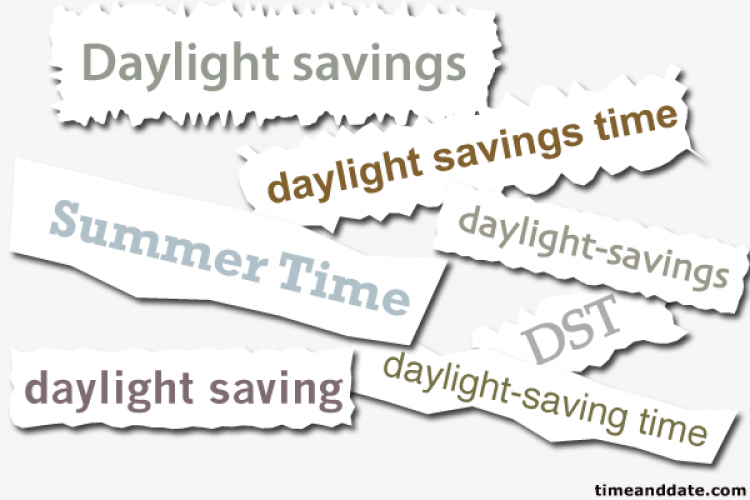History of Daylight Saving Time
March 8, 2020
Daylight Saving Time is something that typically happens by setting the clock forward by one hour during the warmer part of the year in order to have the evenings have more daylight and mornings have less sun. In March we typically spring forward so we lose an hour and in November we fall back so we gain an hour. Daylight Saving Time has been around for a long time, but where did it really begin?
It is said that Daylight Saving Time was first brought up by Benjamin Franklin in 1784. His idea was ignored and in 1907 it was brought up again according to an article by Live Science. Over in the United States Daylight Saving Time was put in place towards the end of World War I to conserve energy. The House of Representatives voted to pass a law and the official first daylight saving time took place on March 15, 1918.
In the article by Live Science Michael Downing, author of the book Spring Forward: The Annual Madness of Daylight Saving Time, said that Daylight Saving Time was ‘at first met with a lot of resistance.’ In 1966 former president Lyndon Johnson created the Uniform Time Act of 1966 which said Daylight Saving Time would begin on the last Sunday of April and would end on the last Sunday of October. If any state did not want to do Daylight Saving Time they could do so by passing a state law. Daylight Saving Time went through change which included the months of when it would start.
On the eighth of this month there will be a time change most likely at two in the morning. This means we will lose one hour. The time on your phones should change on their own, but if you have any other clocks, make sure they’re on the right time.


